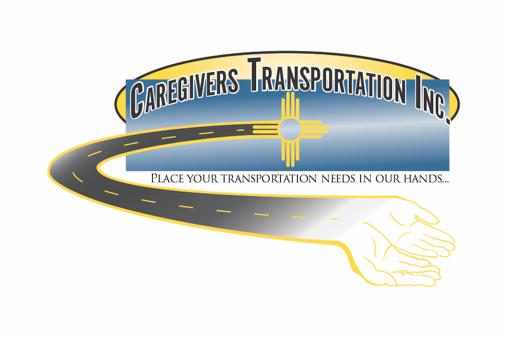PRIME TIME
The 58-Year Struggle For The Absentee Ballot By Shannon Wagers
W
ith the novel coronavirus still hovering around like a malevolent ghost, voters across the country are being urged to avoid crowded polling places and to cast their ballots by mail in next month’s election. In New Mexico, unlike some other states, that’s relatively easy to do. (Contact your county clerk for details.) But that was not always the case. It wasn’t until 1968 that New Mexico allowed absentee voting—the last state in the nation to do so—and it took a ruling by the state Supreme Court to make it happen. To understand why, we need to go back to 1910, when our state’s present constitution was written. A unique feature of that document, as you probably learned in civics class if you went to high school in New Mexico, are the so-called “unamendable” sections that guarantee the rights of Hispanic citizens with respect to voting, education, and religious freedom. Any proposed change to those sections must be submitted to
the voters for approval, and as originally written, the constitution mandated that the measure pass by a three-fourths majority statewide, and a two-thirds majority in every county—a hurdle virtually impossible to overcome in practice. Moreover, the section requiring those extraordinary majorities (Article XIX) could only be altered by a complete re-writing of the document by a constitutional convention. While the intent was laudable, incorporating such inflexibility into the framework of government was bound to have unforeseen negative consequences. Unfortunately, the 1910 constitution made no provision for absentee voting, and authorizing it would require language to be inserted into the section dealing with voting rights—one of the “unamendables.” From 1919 through 1964, 11 attempts were made to pass such an amendment and, despite widespread support, each one failed. Ironically, a provision designed to safeguard voting rights had effectively disenfranchised anyone, including members of the armed forces serving overseas, who for whatever reason
was unable to go to the polls on Election Day and vote in person. By 1967, New Mexico was the only state in the union that did not permit absentee balloting. The question was once again put before the voters in a special election held in November of that year. Opponents argued that absentee voting would lead to fraud, delay the reporting of election results, and cost too much money. (Sound familiar?) But it had the support of both major political parties, the League of Women Voters, the Municipal League, veteran organizations, and other “good government” advocates. Eighty-one percent of voters statewide approved the amendment, but it failed to attain the needed two-thirds majority in 12 counties, and the State Canvassing Board declared that the measure had been defeated. Not so fast, said state Attorney General Boston Witt. Witt filed suit in the New Mexico Supreme Court arguing that the two-thirdsin-each-county requirement violated the equal protection clause of the 14th Amendment of the U.S. Constitution—the so-called One
October 2020
Person, One Vote rule—by giving a small number of voters in lesspopulous rural counties the power to thwart the will of an overwhelming majority of the state’s electorate. The court agreed, pointing out in its ruling that the requirement, in effect, gave a single vote in Harding County (where only 135 votes were cast) the same weight as 100 votes in Bernalillo County. On February 5, 1968, the court ordered the canvassing board to reverse its earlier decision and certify passage of the amendment. In the years since, absentee voting has been made steadily more convenient in New Mexico. It is no longer necessary to state a reason for casting an absentee ballot; any voter may request one for any reason. Ballot return envelopes no longer require postage, or they can be handdelivered to any polling location or drop-box. And we have the “inperson absentee” option, also known as Early Voting. So, there’s no excuse for not voting. Whether you choose to vote by mail or in person, at an Early Voting site or on Election Day, please vote.
lovelace.com
Seniors with Medicare choose Lovelace. Whether you’re already enrolled in Medicare, or you’re turning 65 and about to sign up for the first time, make sure your plan includes the physicians and facilities of Lovelace. With more doctors, more convenient clinic locations, outpatient rehab services and free screenings. Call our Lovelace Care Concierge today to find out more about Lovelace or to help you find a Lovelace doctor or facility near you.
Call 727.2727 to schedule a doctor’s appointment.
7




